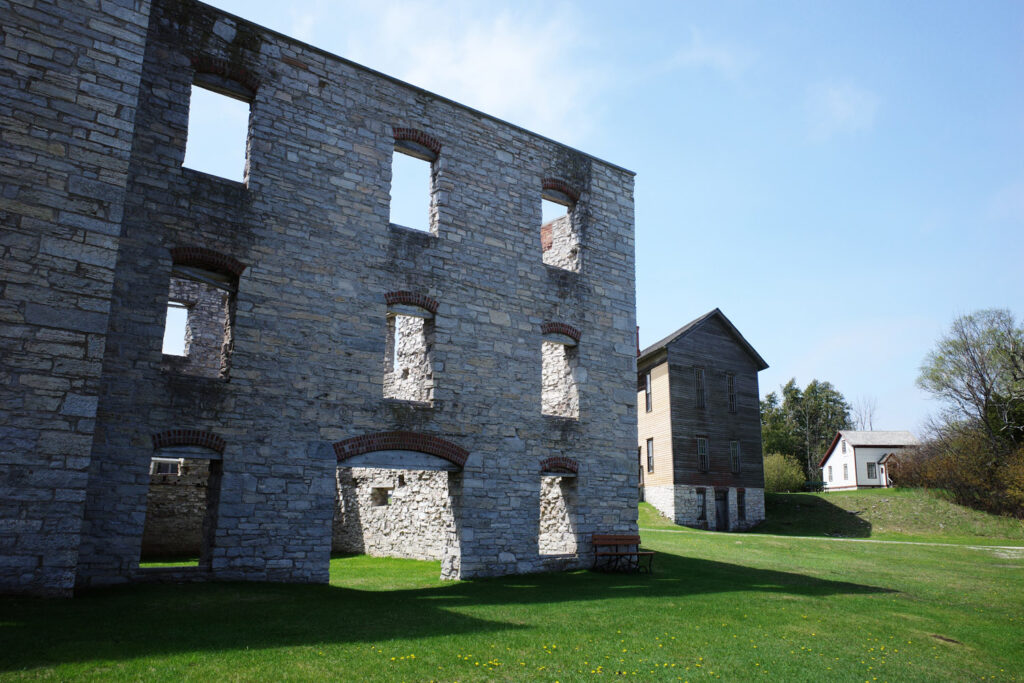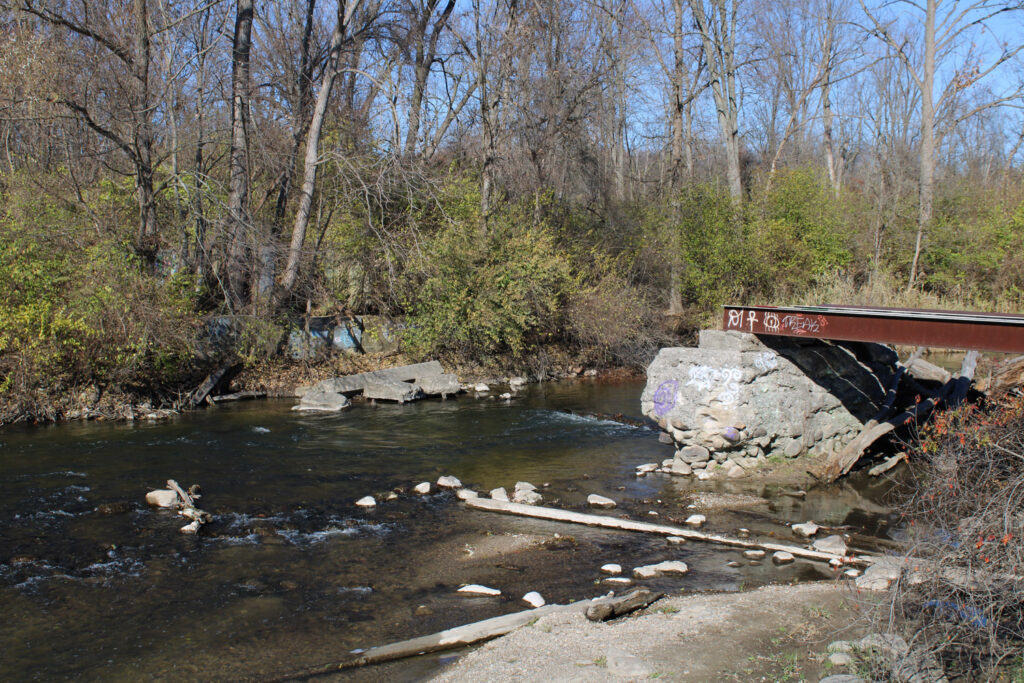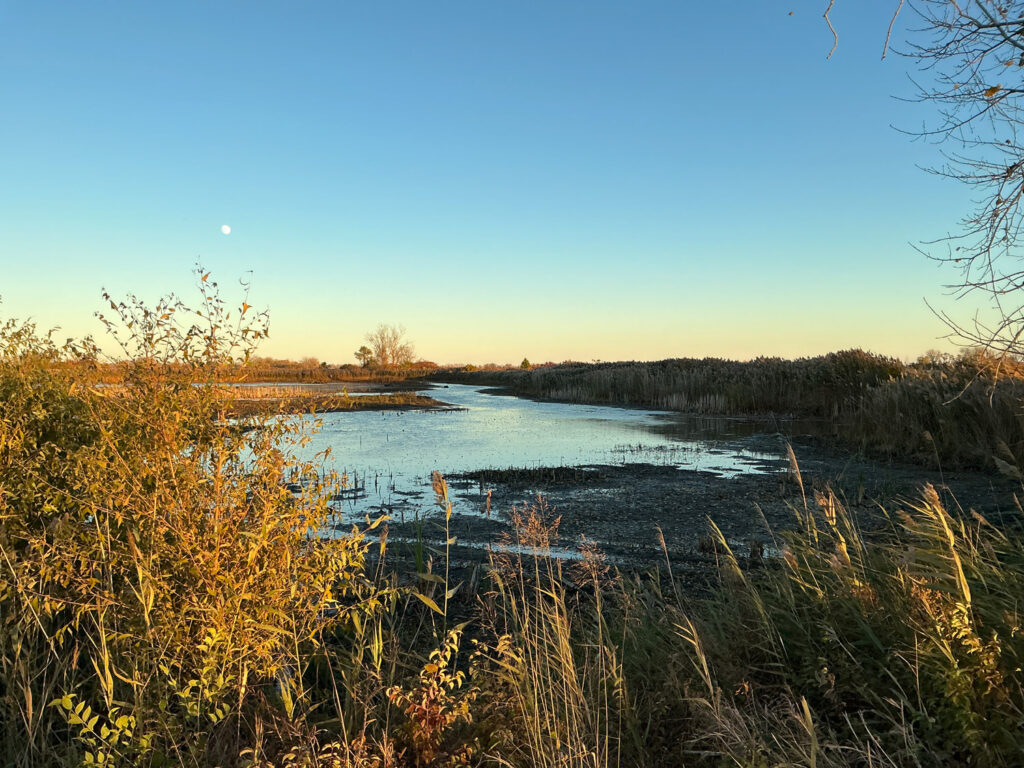Fayette — The U.P. is a ghost town. Well, kind of. That’s a bit of an exaggeration. There is Marquette, St. Ignace, Houghton, and The Soo, and there are, of course, a lot of rustic little towns scattered across the forested peninsula. But there sure are a ton of places that used to be bustling hubs full of families and industry but are now skeletal remains, old bones of the past, sticking out from the rocky soil. Empty ghosts of an industrial past.
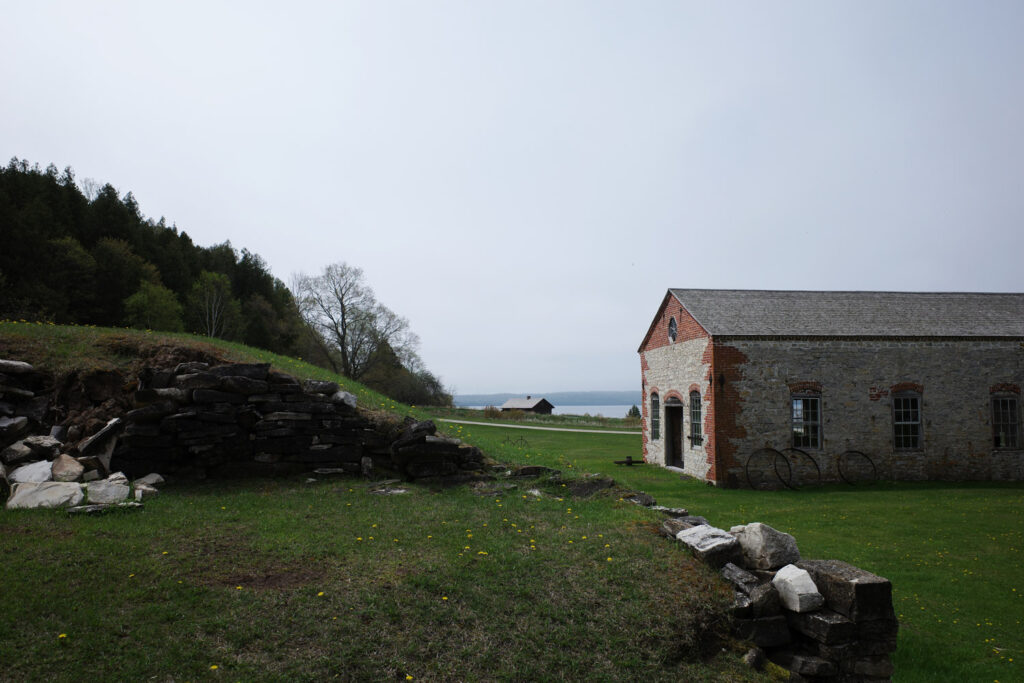
Fayette Historic State Park is one of those. Its name is deceiving. A historic state park sounds like a collection of family hiking trails and campgrounds, and it is that, but it’s not only that. It’s also a graveyard. A rocky bluff rises out of Lake Michigan to the west, watching over the old empty houses and shuttered stores and warehouses. Snail Shell Harbor and its cold, still water waits undisturbed.
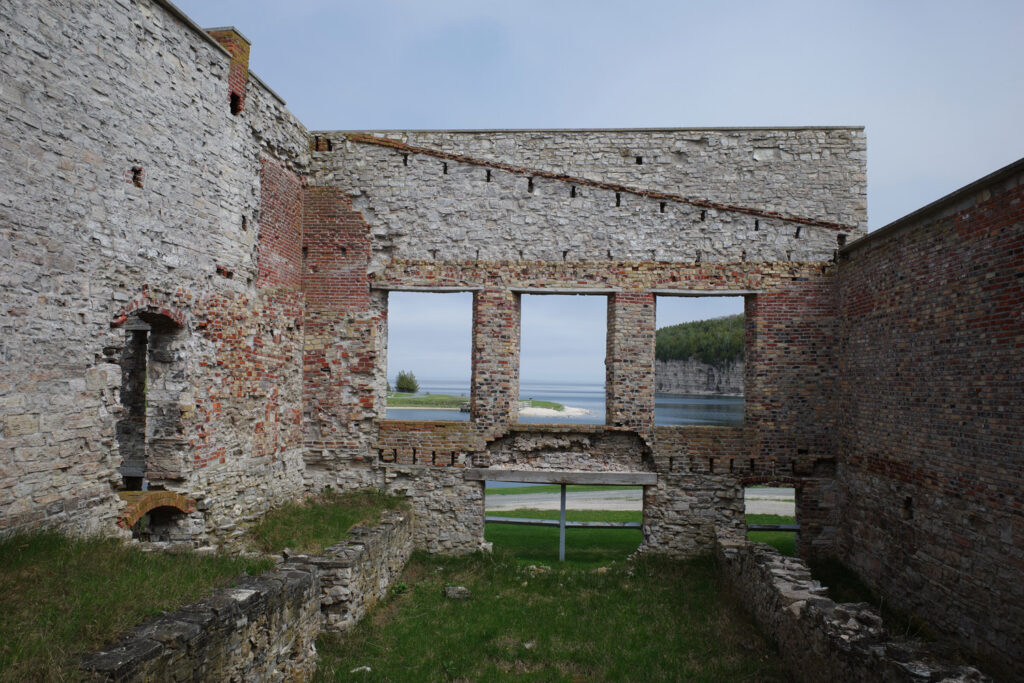
In the late 1800s, it was very different. Fayette was busy. It was an industrial town with a population of about 500, which was a lot back then. Between 1867 and 1891, Fayette produced almost 230,000 tons of iron ingots which were shipped south and made into railroad tracks and other steel. While the town was booming, there were businesses, bands, a baseball team, a school, a horse racing tack, a post office, and all the other mundane things of daily life. Most who lived and worked in Fayette weren’t from the U.P. They came way Up North from far away. Many were immigrants who simply went where the work was and found themselves in this little cove on the Garden Peninsula.
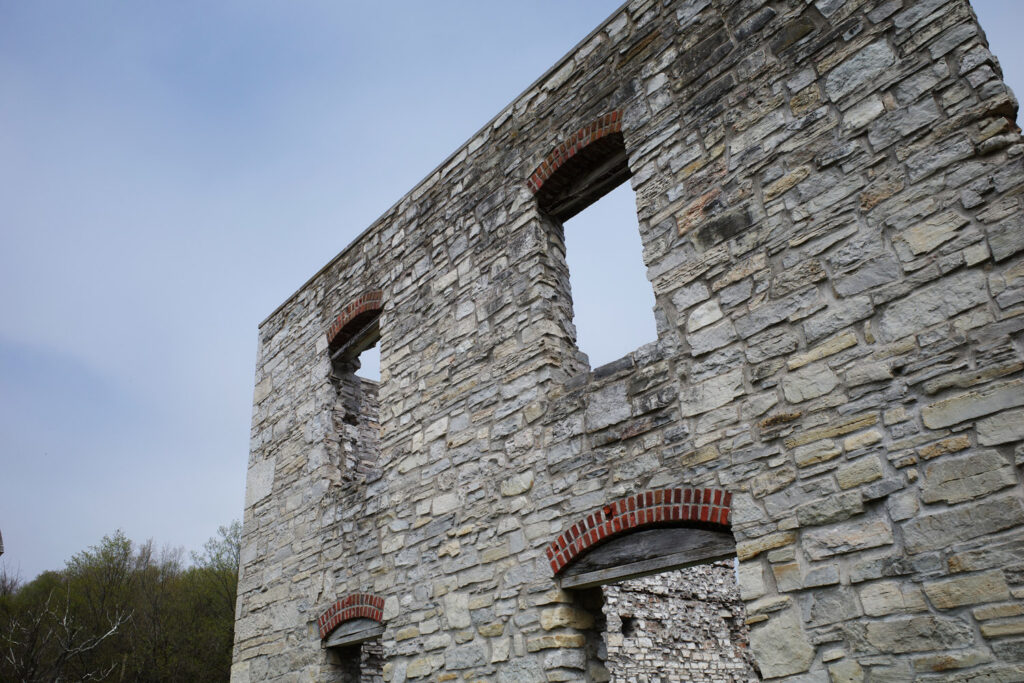
In 1891, the Jackson Iron Company closed up shop in little Fayette. The workers, their wives, and their children left for other towns. Some found new homes and new work in the U.P.; others didn’t. Finally, in 1959, the state of Michigan bought the property of Fayette and turned it into a state park. Today, it’s a well-maintained look into the industrial past of this sleepy region.
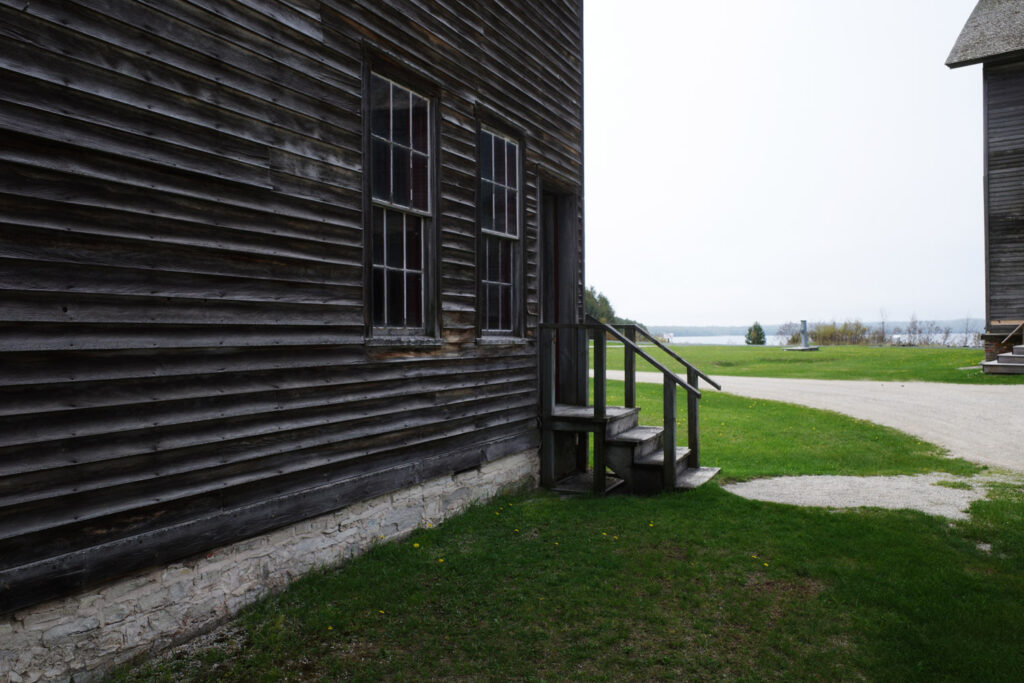
Fayette is unique, of course, because all places are unique. But Fayette’s story follows a familiar theme in the U.P. There were so many towns that sprang up during the mining years, only to shrivel up once the minerals ran out or the companies left. Some of the old towns hung around a little longer, staying alive with a dying pulse in a state of quasi-ruin. A place like Freda west of Houghton on Lake Superior is an example of a barely living husk of a once booming town.
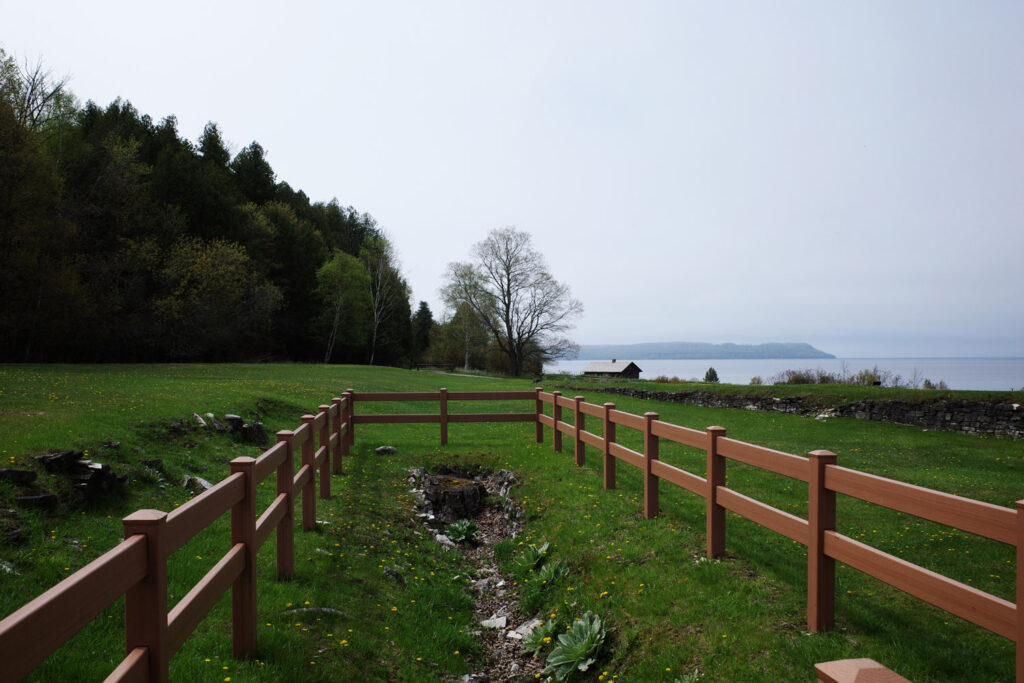
There were lots of other places that died, collapsed, and then vanished from the earth entirely without any reminder they were ever there. Pompeii left more clues than many of the boom towns of the U.P. A place like Clifton in the Keweenaw is a ghost without a skeleton. Today, there are no buildings, no roads, nothing left where Clifton once was. There’s just an old cemetery with mossy graves surrounded by fallen trees in the middle of the deep woods.
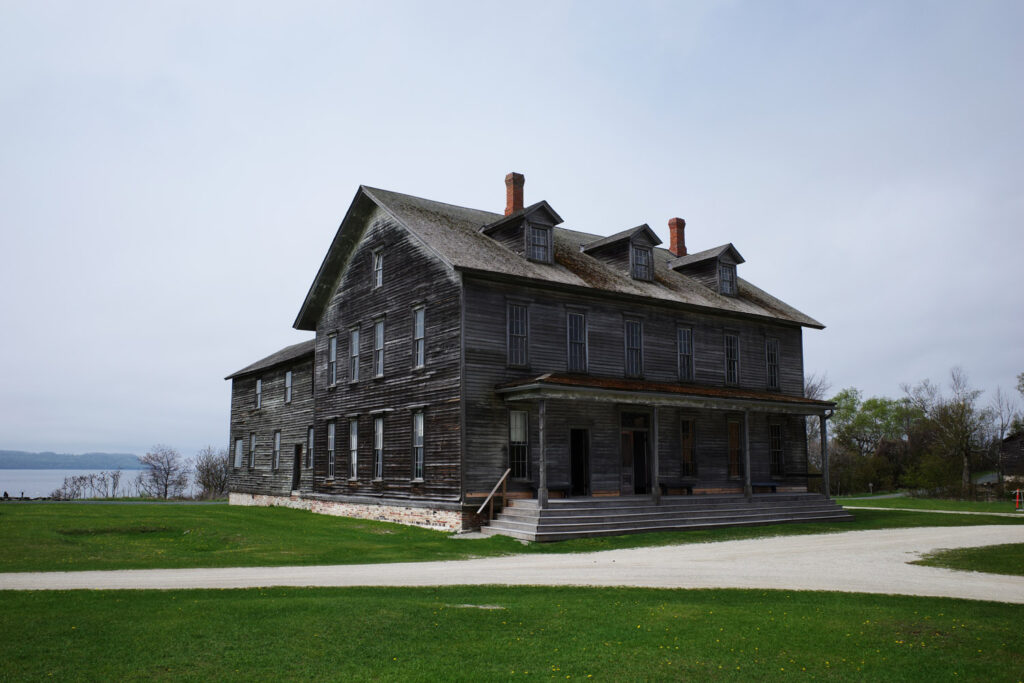
Fayette didn’t evaporate into dust and it wasn’t swallowed up by the woods. It’s a time capsule. The buildings are set up with all the right historical gear. There are little scenes in the homes and stores so we can see what life was like. Old dishes and worn desks. Brick buildings with hollow windows and overgrown insides. Architectural ribcages of the past.

There are a lot of things to think about walking around Fayette. The daily lives of kids way back then, way up here. What the work was like for the guys breaking their backs laboring all day long. And any of the other historical factoids that help paint a realistic picture of life for the common man in the late 1800s.
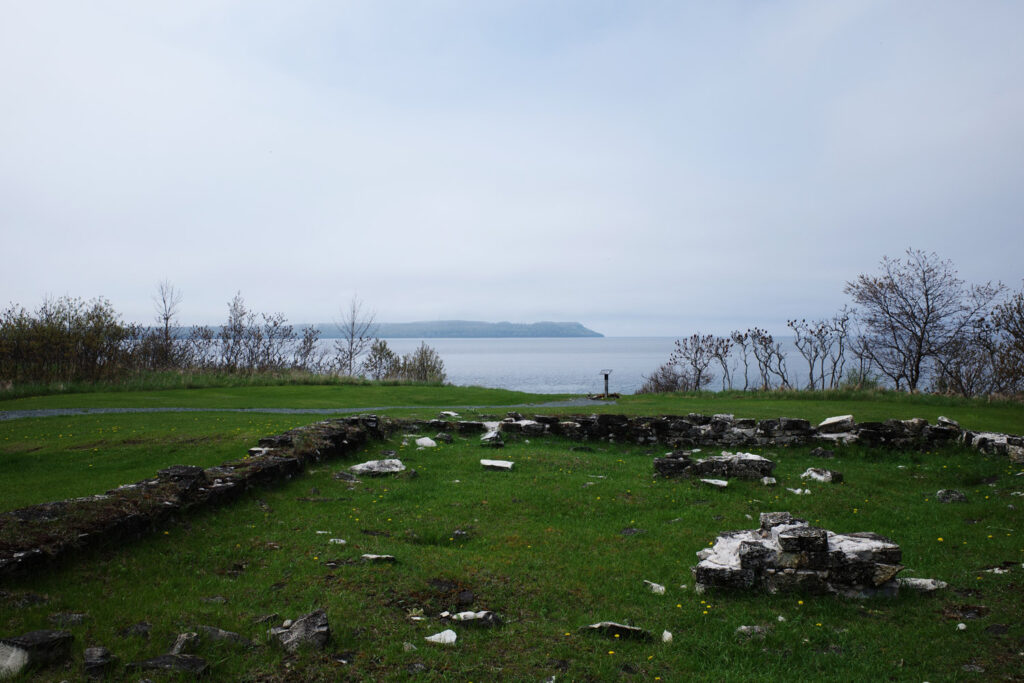
But beyond all the little details, the theme that strikes me the most is the temporality of life embodied in Fayette. Industry came, people came, industry left, people left. The earth, basically, remained the same. It’s boring, but it’s the truth.
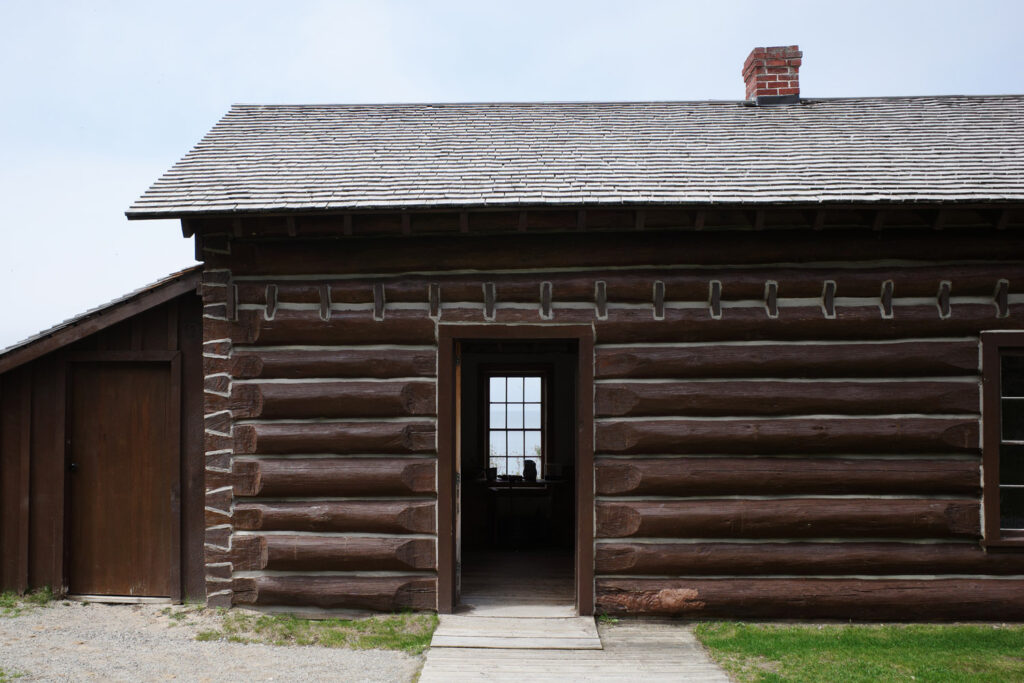
There’s also, of course, something about the U.P. that’s impossible to ignore. It’s a tough land. It’s beautiful, but it’s not easy to live here. February in Fayette back in the late 1800s wasn’t a pleasant experience. All the towns that grew and then withered; it’s like the earth spit them out and sent them back from whence they came.
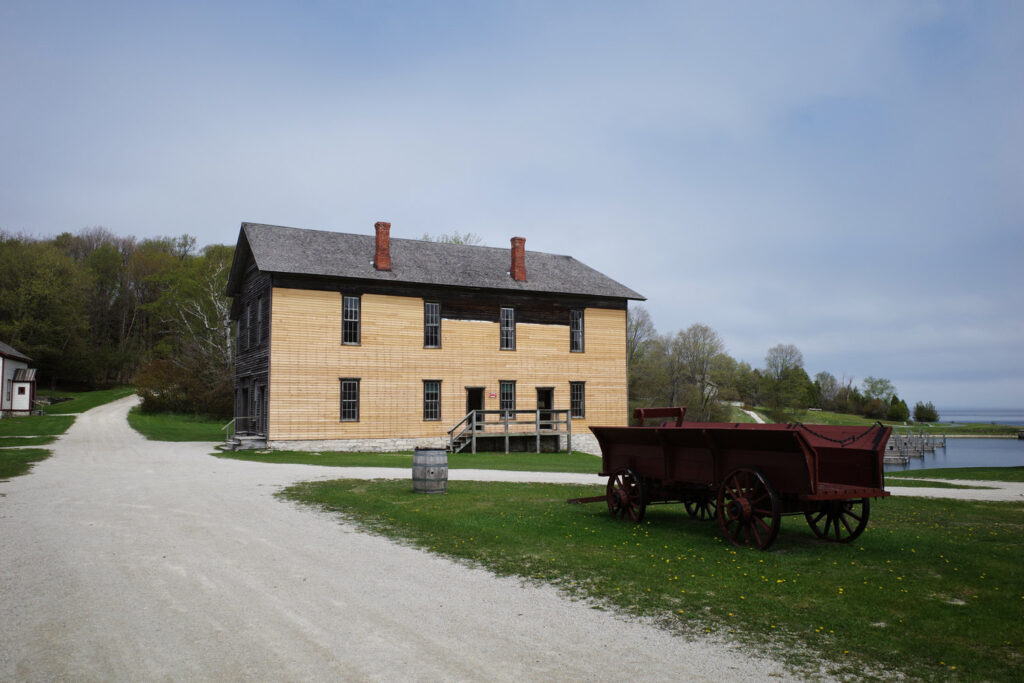
People go where the money is. People go where the jobs are. It’s a tale as old as time, or rather, it’s a tale as old as commerce. It’s easy to get overly sentimental, on behalf of someone else, about the disappearance of a town in a far-flung place. But the truth is, that’s how it goes, and it’s just fine. The people of Fayette had a life in Fayette until they couldn’t anymore, and then they had a life somewhere else, and that was just fine too.
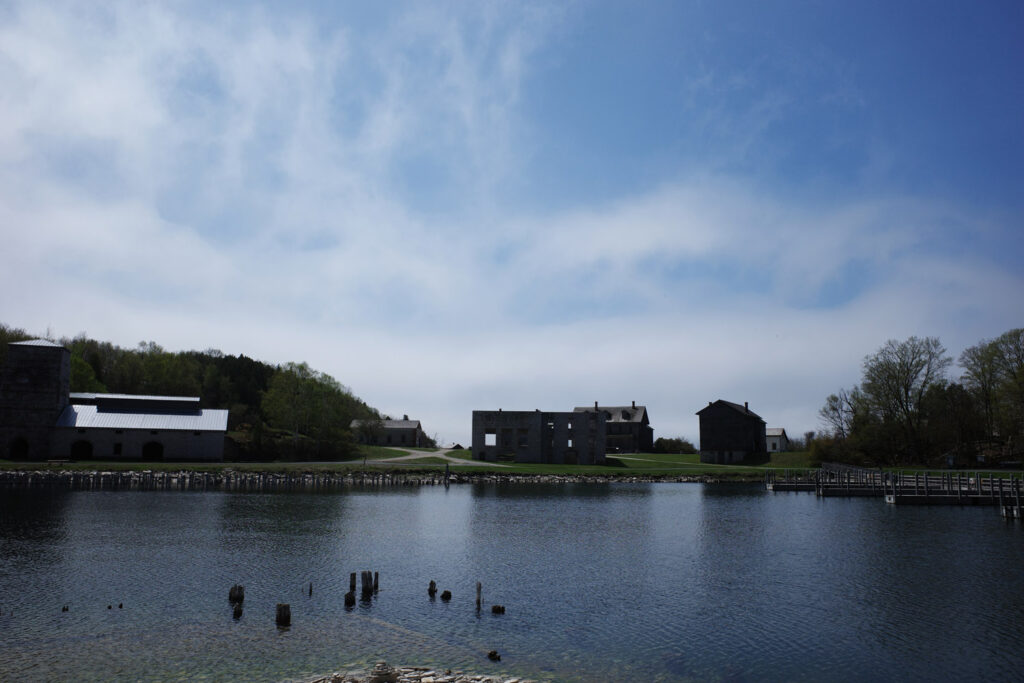
This is very much the story of the new world. We move where we need to move, and then we move somewhere else after that. We take our families with us, we enjoy our time while we are where we are, and then do it again in another place. We come, we build, and we leave it all behind to be made into a state park one day.
O.W. Root is a writer based in Northern Michigan, with a focus on nature, food, style, and culture. Follow him on X @OW_Root.
